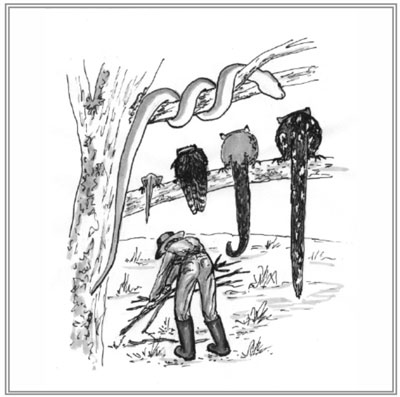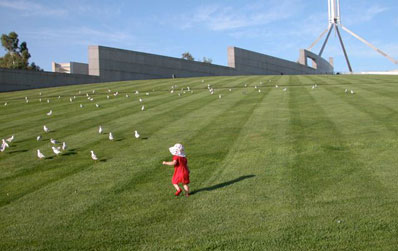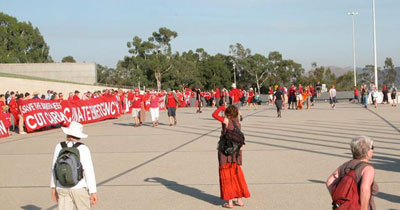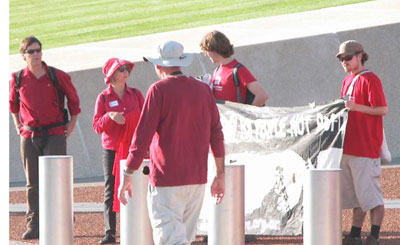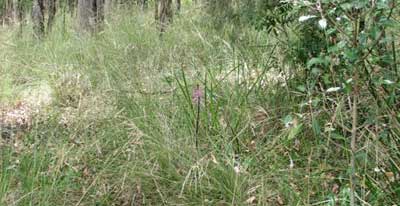Although I’d only been home for a few days, last Saturday I drove to Newcastle to help take over the harbour entrance to this major coal exporting port.
It’s the fourth year that the dynamic climate change action group, Rising Tide, have organised the event at Horseshoe Beach. This is a peaceful, family-oriented way to protest that the continuing export of our coal for the world to burn in power stations is fuelling global warming and thus climate chaos.
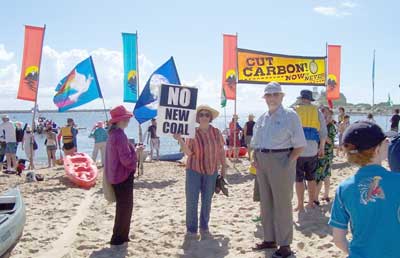
That’s me in the red hat, centre left, camera in hand.
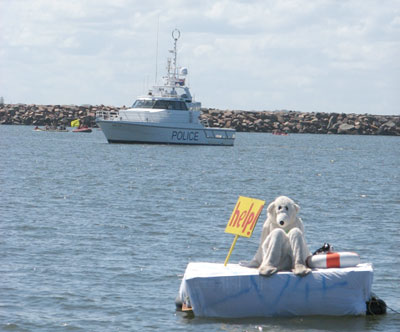
This lone polar bear – who sat there all day – said it all. The police boat kept a close eye on him: it’s the silent types you have to watch.
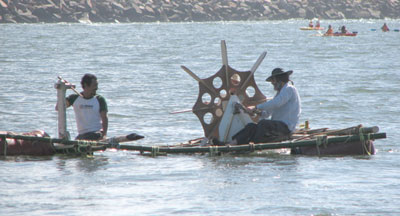
Kayaks were supplied, but many people brought their own water transport, from surfboards, sailboats and rubber dinghies to inner tubes and floaties. Some had made rafts of limited navigation and dubious flotation abilities, but great ingenuity and sense of fun.
I didn’t do much paddling about, being a bit of a wuss waterwise, opting to help out in the kitchen tent instead.
This year, the port authorities didn’t wait for the people occupying the port for the day to have the chance to actually stop any coal ships leaving the port. They cancelled them anyway.
This made the protest a success before it started and also kept the tension and the numbers of police down from previous years.
See Rising Tide’s website for further details on the day and their ongoing great work. People power does work: you might like to get involved.
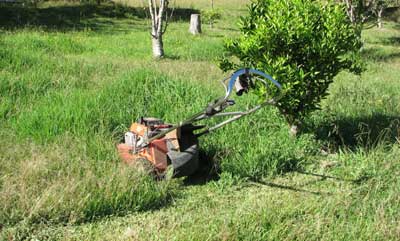
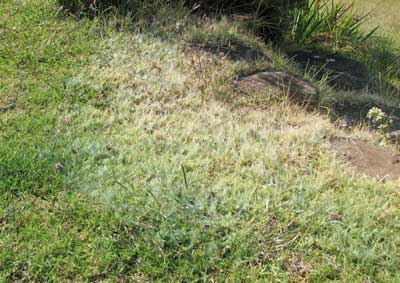
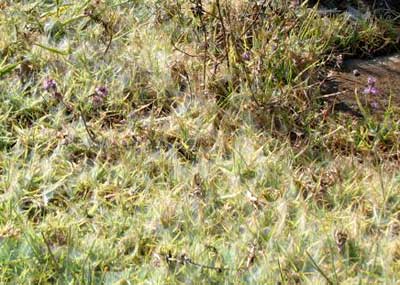
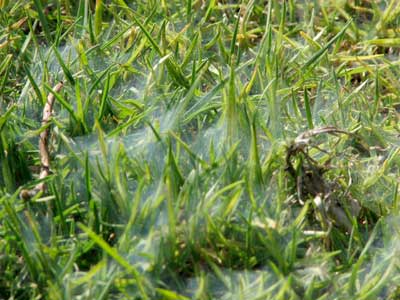
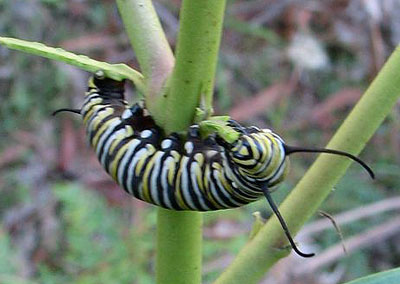
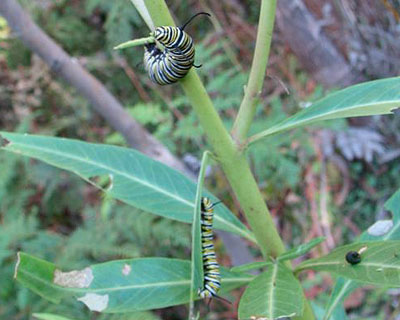
 I am going travelling so I will be out of regular internet contact for a few weeks and I may be unable to reply to comments straight away.
I am going travelling so I will be out of regular internet contact for a few weeks and I may be unable to reply to comments straight away. 

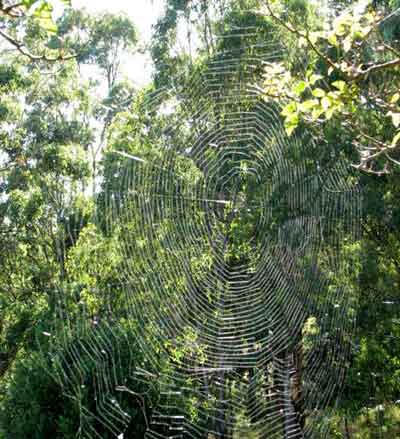
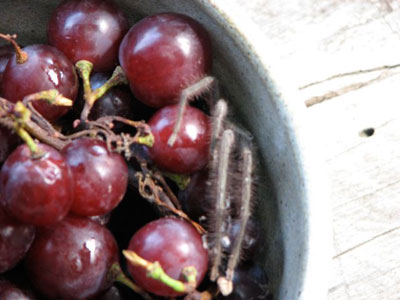
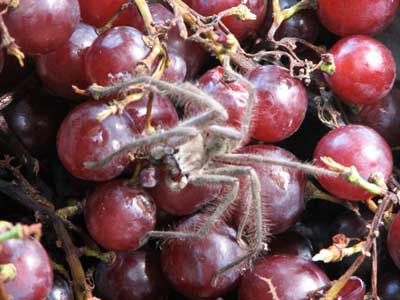
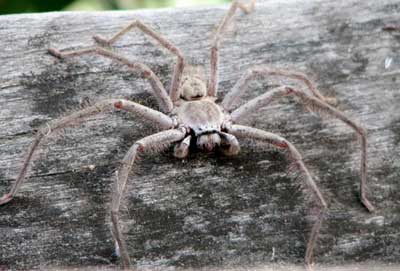
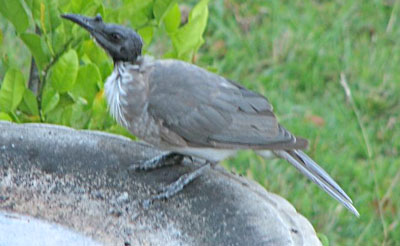
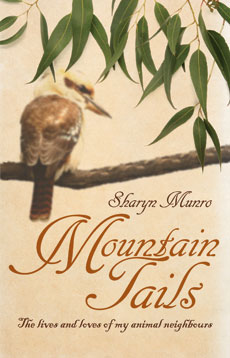 As the advance copies of my second book, Mountain Tails, are about to arrive, anticipation is mounting here on the mountain. All our tails are wagging!
As the advance copies of my second book, Mountain Tails, are about to arrive, anticipation is mounting here on the mountain. All our tails are wagging!